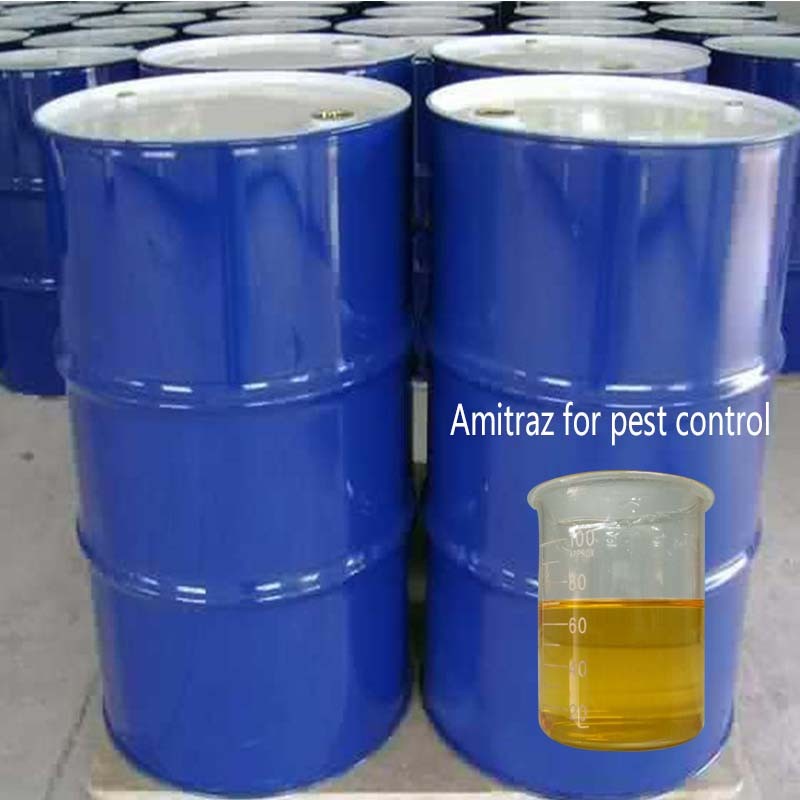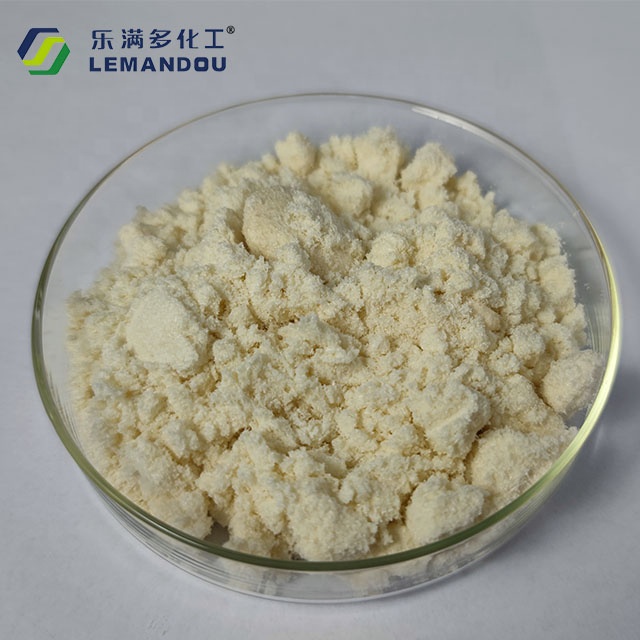Diformamidine is also known as mite, diformamidine, fruit mite kill. It is a kind of broad-spectrum formamidine acaricide, belonging to the medium toxicity acaricide. Its acaricidal activity was reported by B.H.Palmer et al., in 1971, and was recommended as a acaricide by BootsCo.Ltd. in 1973. Chemical Name: 1, 5-bis -(2, 4-dimethylphenyl) -3-methyl-1, 3, 5-triazoprene -1, 4, the original drug is white or yellow needle-like crystal, with some carbamine taste, density 0.3, melting point 86 ~ 87℃, vapor pressure at 20℃ 506.6×10-7Pa, slightly soluble in water, It is soluble in many organic solvents such as xylene, acetone and methanol. It is stable to temperature and light Chemicalbook under anhydrous conditions. Unstable under acid. Non-flammable, non-explosive, long-term storage in humid places easy to decompose and deteriorate. It has the functions of touching, resisting food and repellent, and also has certain gastric toxicity, fumigation and internal absorption. It is effective against all species of phyllophoridae, but not effective against overwintering eggs. The effect lasts for 40 to 50 days. Mainly used in fruit trees, vegetables, tea, cotton, soybeans, beets and other crops to control a variety of harmful mites, also has a good effect on wood lice, effective on some lepidoptera insect eggs, on scale, aphid and cotton bollworm, red bollworm, also has a certain combined treatment effect, can also prevent cattle, sheep tick mites and bee mites. Diformamidine can be mixed with organophosphorus, pyrethroids, abamectin and other pesticides, has synergistic effect, and can expand the insecticidal spectrum. The mixed preparation consists of 10.8% acvi – dimethyl butter. Mechanism of action Diformamidine has a variety of toxic mechanisms, mainly inhibiting the activity of monoamine oxidase and inducing excitatory effects on non-cholinergic synapses in the central nervous system of mites. Mites that are resistant to other acaricides are also more active. The control object is mainly used for fruit trees, vegetables, tea, cotton, soybeans, sweet Chemicalbook and other crops, to control a variety of harmful mites, the homoptera pests such as pear yellow Psyllid, orange yellow whitefly, etc. It also has good efficacy, and can also be effective on pear small food worm and all kinds of Noctuidae pests. It also has some effect on aphids, cotton bollworm, red bollworm and other pests. It is effective against adult, mites and summer eggs, but not winter eggs.

Post time: Jul-24-2024





